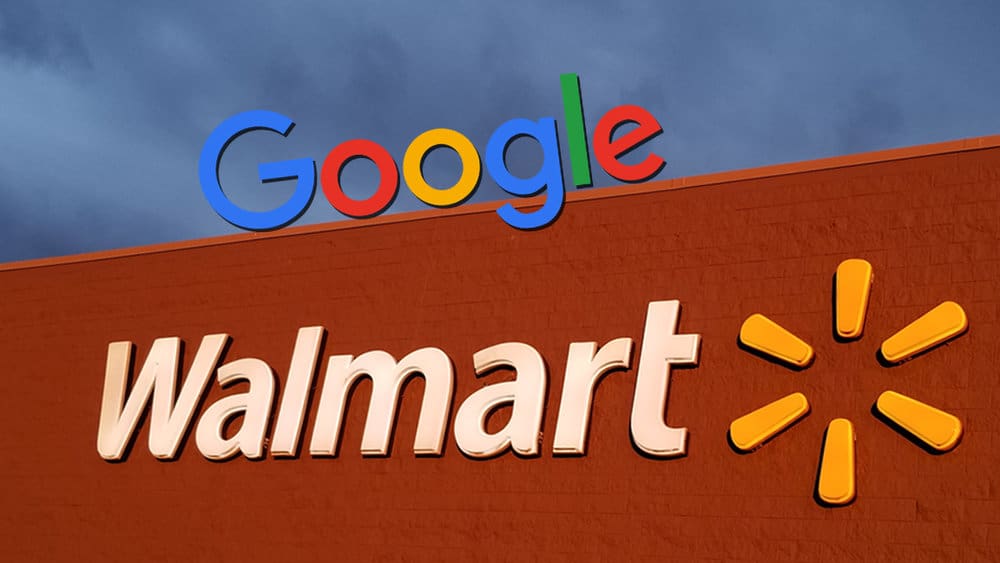
Amazon, with its voice assistants Echo and Alexa, has been gaining ground in the online grocery ordering market by making it easy for consumers to order from its grocery subsidiary Whole Foods by using voice commands. In an attempt to tackle Amazon’s hegemony in the niche, Walmart has now partnered with Google to use the latter’s voice assistant to provide services that mirror Amazon’s voice-ordering capability.
Rolled out on April 2, Walmart’s Voice Order is a service that comes to life with the words, “Hey Google, talk to Walmart.” After the beep, customers can ask the Google Assistant to add items directly to their Walmart grocery cart. This can work on all devices that run Android – like Google Home Hub, phones and tablets – and even on iPhones and Apple watches, helping customers buy or list items at the time of their choosing.
One of the salient features of this solution is that items that are being added to the cart would not be immediately bought, and would instead get added to the list that can be checked later, whenever it is convenient for the customer to purchase or purge items from the cart.
“We know when using voice technology, customers like to add items to their cart one at a time over a few days – not complete their shopping for the week all at once. So, this capability aligns with the way customers shop,” said Tom Ward, senior VP of digital operations at Walmart. “It’s cross-platform, which means customers can use any device utilizing Google Assistant, and allows for items to go directly to a customer’s shopping cart, making this capability one of a kind. We’re kicking off the work with Google, adding others to the mix as time goes on.”
Walmart’s push towards greater interaction with its customers can be seen as a reaction to Amazon’s growing clout in its Whole Foods brick-and-mortar storefronts. While Amazon is transitioning to supermarket storefronts from its ecommerce bastion, Walmart is tracing the path in reverse, moving from its dependence on retail to growing its online presence through solutions like the Voice Order.
Within this solution, Walmart has added machine intelligence that can recognize items that customers are talking about, even if they do not specify them with explicit detail. Voice Order can do this by looking at previous customer orders, from which it can sort unsaid information about the items. For example, if a customer says “add milk to my cart,” the Voice Order would add a specific milk product that the customer buys regularly. This makes ordering much easier for people, as they can just say generic item names, instead of saying “one gallon of 1 percent Great Value organic milk.”
“Customers can be extra-confident that we can quickly and accurately identify the items they are asking for with the help of information from their prior purchases with us. The more you use it, the better we’ll get,” mentioned Ward.
Incidentally, Walmart did launch a similar voice shopping assistant two years back in partnership with Google Express, but it failed to take off as expected. However, this might have been due to the lower than expected adoption rates of Google Express rather than a failure of the voice assistant.
A great deal has changed over the last few years in regard to customer preferences, and ecommerce is now bigger than ever. Allowing consumers to add items to their Walmart cart and giving them the possibility of buying those products at their convenience has advantages for both Walmart and its customers. Walmart is planning to roll out the Voice Order service to more customers over the next few weeks, and hopefully, the second time’s the charm for the retail powerhouse.
